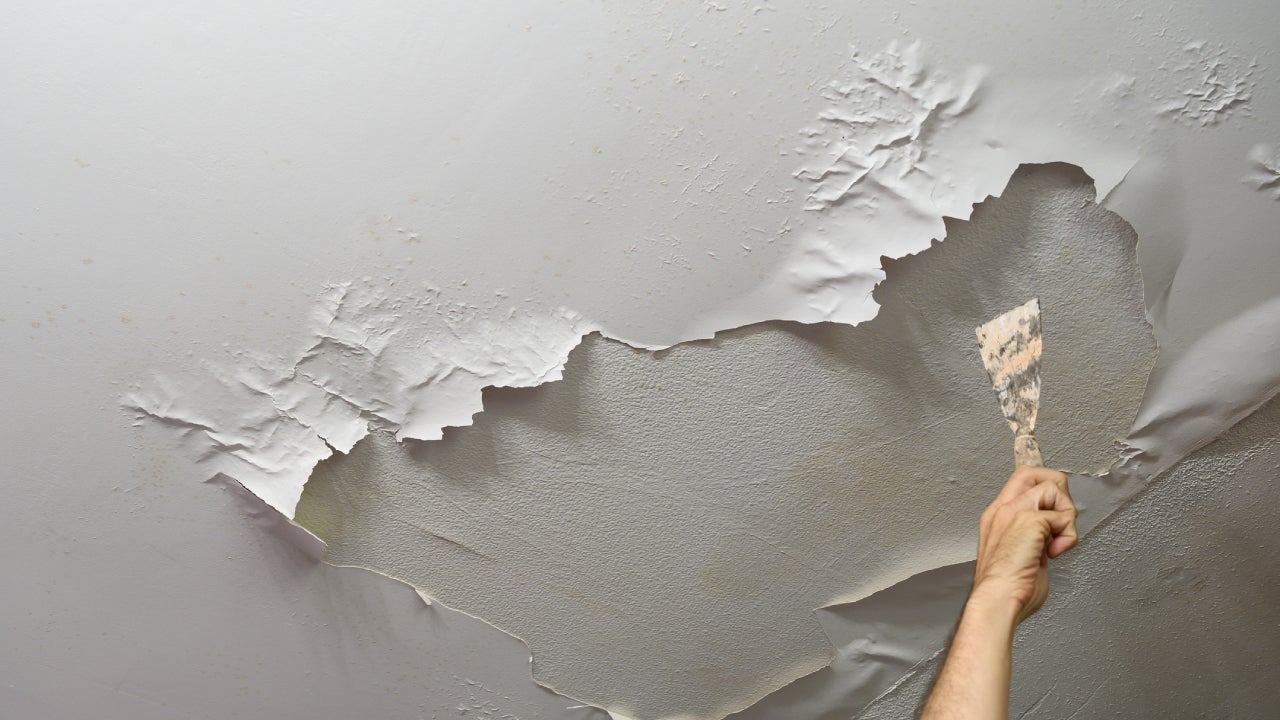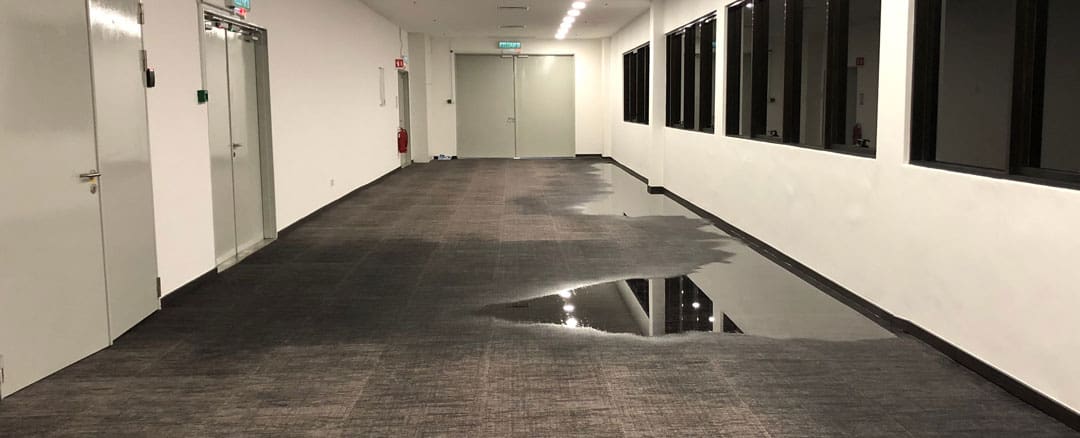6 Water Damage Restoration Do's as well as Don'ts.
6 Water Damage Restoration Do's as well as Don'ts.
Blog Article
What are your concepts on How To Prevent Fire And Water From Ruining Your Holiday Season?

Water gives life, water breach on parts where it's not supposed to be can result in damages. Homes with water damage scent old as well as stuffy.
Water can come from lots of sources such as tropical cyclones, floods, ruptured pipes, leaks, as well as sewage system issues. In case you experience water damage, it would certainly be excellent to know some security preventative measures. Below are a few guidelines on how to manage water damage.
Do Prioritize Home Insurance Protection
Water damage from flood because of hefty winds is seasonal. You can additionally experience a sudden flood when a malfunctioning pipeline suddenly bursts into your house. It would certainly be best to have residence insurance policy that covers both acts of God such as natural tragedies, and also emergency situations like broken plumbing.
Don't Forget to Turn Off Utilities
In the event of a disaster, especially if you live in a flood-prone location, it would certainly be suggested to switch off the primary electrical circuit. This cuts off power to your whole house, preventing electrical shocks when water can be found in as it is a conductor. Additionally, don't fail to remember to turn off the primary water line shutoff. When floodwaters are high, furniture will certainly move around and also cause damage. Having the main shutoff shut off prevents further damage.
Do Stay Proactive and also Heed Weather Condition Notifies
Storm floodings can be extremely unpredictable. If there is a history of flooding in your area, stay aggressive as well as prepared. If you live near a river, lake, or creek , listen to evacuation warnings. Obtain prized possessions from the very beginning and cellar, after that put them on the highest feasible degree. Doing so decreases potential home damages.
Don't Disregard the Roofing System
You can stay clear of rain damage if there are no holes as well as leakages in your roofing. This will certainly stop water from streaming down your wall surfaces and also saturating your ceiling.
Do Take Note Of Little Leaks
A burst pipe doesn't occur overnight. Normally, there are warnings that suggest you have deteriorated pipes in your home. For instance, you might see gurgling paint, peeling wallpaper, water touches, water spots, or leaking sounds behind the wall surfaces. Eventually, this pipeline will break. Preferably, you need to not await things to rise. Have your plumbing repaired before it leads to huge damages.
Do Not Panic in Case of a Ruptured Pipeline
Maintaining your clearheadedness is essential in a time of situation. Worrying will just intensify the problem because it will certainly suppress you from acting quick. Timing is essential when it comes to water damage. The longer you wait, the even more damage you can anticipate. Therefore, if a pipe bursts in your house, right away shut off your primary water shutoff to cut off the resource. Then disconnect all electrical outlets in the location or turn off the circuit breaker for that part of your house. Call a credible water damage repair expert for support.
Water offers life, water intrusion on components where it's not supposed to be can result in damage. Houses with water damage smell musty and old.
Water damages from flood dues to heavy winds is seasonal. You might observe bubbling paint, peeling wallpaper, water streaks, water spots, or leaking noises behind the walls. When it comes to water damage, timing is key.
6 Water Damage Restoration Do’s and Don’ts
Secure the area
First, ensure that it’s safe to be where the water is. Depending on the extent of the damage, you could be faced with a situation that’s dangerous to be in. Turn off the water supply and power supply, and disconnect appliances or mechanical tools that could conduct electricity or cause additional water to fill the area. Cover any holes in the roof or walls with a tarp so that the elements are kept out. Look for rodents and other pests that may have decided to come in or have been brought with the water. Secure heavy furniture or equipment that could collapse, or – better yet – take it out of the building completely. Immediately decide if it’s a place you can continue to be in until help arrives, being mindful of staff or customers that could get into harm’s way while you wait.
Call your insurance
The next thing you should do is reach out to your insurance company. Even if your damage was caused by flooding, and you don’t have a flood policy, it’s worth investigating. Depending on the cause of the water, there may be a way for a policy to cover it, especially if it’s the fault of someone else who has insurance coverage.
Remove valuables
Some things may have already been damaged beyond repair, but if you can move expensive items from the building, do so. Special equipment, computers and, and financial documents should be relocated off-site, if possible. Even if they can be put up above the waterline, natural disasters and building damage can attract criminals. You don’t want people taking advantage of the weakened structure of your office to steal from you.
Put up the things you can
Equipment and furniture that hasn’t already been damaged should be moved to the highest level in your building or set on top of other furniture. Remember that the entire room will be humid and damp, even if items are above the waterline. Just being in a flooded building can cause them to grow mold or become musty, so do this only if you can’t take them out of the structure completely.
Don’t remediate on your own
The biggest thing to remember when dealing with water damage, whether it came from a storm or an exploded toilet, is that you can’t handle much of the process by yourself. Even if you weren’t so already overwhelmed with losing your home or office to water, you don’t likely have the tools and industry-accepted resources to put the area back to a healthy, stable condition. In addition to water pumps, fans, and dehumidifiers, there may be materials that need to be demoed and reinstalled. The entire process of water damage remediation is a long one, and every step must be handled with care to ensure it doesn’t come back as a new problem. Home and office owners frequently try to handle water problems on their own, but the truth is that it can be difficult to know the extent of the damage just by looking at it.
Also, if it’s your personal business, you’re likely to be emotional and feel sentimental about the items damaged. You may not be able to reasonably assess if things need to be replaced. Everything from the carpet to the paint has a history; having a third-party expert team come in and give it to you straight is the best possible outcome. They can let you know just what can remain, and what has to go. In the end, removing everything that is beyond repair is best to avoid further health issues from mold or a collapsing structure.
Delay getting help
As you’ve read above, the consequences of trying to handle too much of the restoration process can have expensive outcomes. Doing things wrong is costly! Another way to add to the total bill for fixing the water problem is in waiting too long. If you try a “wait and see” approach, your building may be silently crumbling underneath the moisture, or mold may be starting to take hold. If you’re convinced it’s a job for the professionals, don’t wait a minute. As soon as you see that it’s going to be a problem, make the call.
https://idealsf.com/blog/water-damage/6-water-damage-restoration-dos-and-donts/

I recently found that blog post about Reducing Your Risk Of Water And Fire Damage At Home while doing a search on the internet. For those who liked our blog entry plz make sure you remember to pass it around. Thank-you for going through it.
Report this page